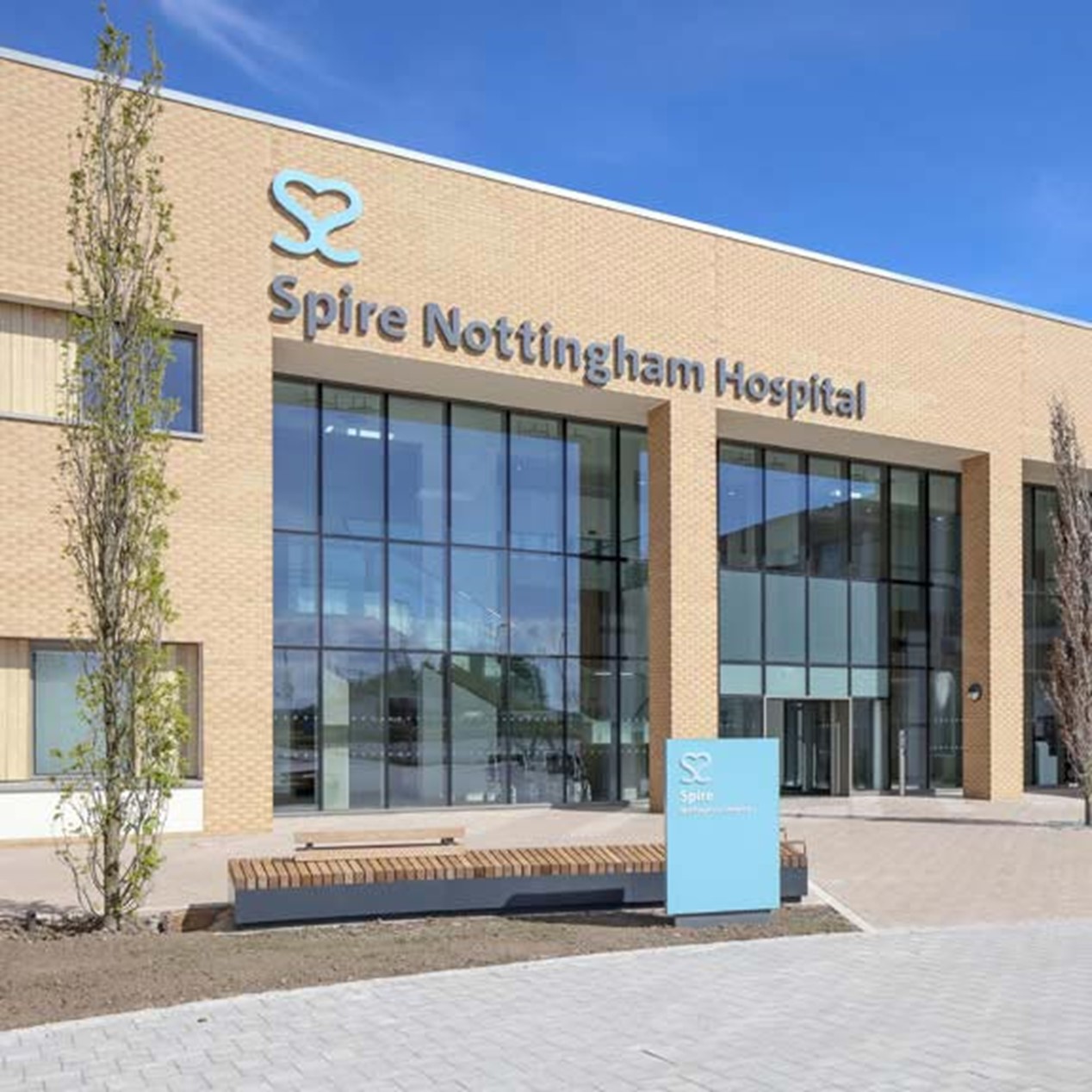View this treatment at your local spire Spire Hospital
- Local pricing
- Consultants near you
- Payment options
- Local pricing
- Consultants near you
- Payment options
It is estimated a quarter of the population has a 'hole in the heart' - this procedure guides an implant through veins to close the opening without surgery.
Why you might need it
A ‘hole in the heart’ refers to an area in the septum between the left and right atria which is open in all individuals before birth.
For most people this hole closes shortly after birth but for approximately 25% of the population the opening doesn’t close. For most it goes undetected, mainly due to the minimal symptoms caused by the condition. However, for some they may notice symptoms such as:
- Tiredness / lethargy
- Arrhythmia (abnormal heartbeat rhythm)
- Shortness of breath
- Frequent respiratory infections, including pneumonia
- Usually a heart murmur
For divers there is also preliminary research to suggest they could be at increased risk. The reason is that depending on the depth and duration of a dive, some divers will produce air bubbles in their venous system which would usually be filtered out through the lungs. It is thought that if a hole in the heart is present these divers may pass air bubbles directly from one atria to the other where they could cause symptoms. It is important to remember that as of yet, there is no direct evidence.
Find a Spire hospital offering this treatment

Who will do it?
Our patients are at the heart of what we do and we want you to be in control of your care. To us, that means you can choose the consultant you want to see, and when you want. They'll be with you every step of the way.
All of our consultants are of the highest calibre and benefit from working in our modern, well-equipped hospitals.
Our consultants have high standards to meet, often holding specialist NHS posts and delivering expertise in complex sub-specialty surgeries. Many of our consultants have international reputations for their research in their specialised field.
Before your treatment
You will have a formal consultation with a healthcare professional. During this time you will be able to explain your medical history, symptoms and raise any concerns that you might have.
We will also discuss with you whether any further diagnostic tests, such as scans or blood tests, are needed. Any additional costs will be discussed before further tests are carried out.
Preparing for your treatment
We've tried to make your experience with us as easy and relaxed as possible.
For more information on visiting hours, our food, what to pack if you're staying with us, parking and all those other important practicalities, please visit our patient information pages.
Our dedicated team will also give you tailored advice to follow in the run up to your visit.
The procedure
The condition is diagnosed with an echocardiogram which also identifies the location of the hole.
An implant is guided up to the affected area through a small incision in the groin. This implant is then released, effectively closing the hole. Tissue will eventually grow into and around the implant’s fabric and metal framework, creating a permanent seal.
This minimally invasive technique offers several advantages over current treatment options of either medications (such as anticoagulants) or open-heart surgery. The new technique reduces risks associated with open surgery and prevents an ongoing need for medications. The condition isn’t always serious but can present higher risks in some patient groups. For instance, in older patients there is increasing likelihood of irregular heartbeats, high blood pressure and heart failure.
Recent studies have also shown that the risk of suffering an embolic stroke may be increased for people who are affected with this abnormality.
Aftercare
Even after you’ve left hospital, we’re still looking after you every step of the way. After PFO closure, typically our consultants will want to see you after 6 weeks to see how you are doing.
On rare occasions, complications following PFO closure can occur. If you experience any of the symptoms discussed by your consultant – please call us straight away.
But everybody is different. If you have any questions or concerns, we're here to help.
Why choose Spire?
We are committed to delivering excellent individual care and customer service across our network of hospitals, clinics and specialist care centres around the UK. Our dedicated and highly trained team aim to achieve consistently excellent results. For us it's more than just treating patients, it's about looking after people.
Important to note
The treatment described on this page may be adapted to meet your individual needs, so it's important to follow your healthcare professional's advice and raise any questions that you may have with them.

